Results 5,991 to 6,000 of 12094
Thread: Anandtech News
-
05-18-16, 09:31 PM #5991
Anandtech: NVIDIA Posts Full GeForce GTX 1070 Specifications: 1920 CUDA Cores Boostin
Back when NVIDIA first announced the GeForce GTX 1080 earlier this month, they also briefly announced that the GTX 1070 would be following it. The GTX 1070 would follow the GTX 1080 by two weeks, and presumably to keep attention focused on the GTX 1080 at first, NVIDIA did not initially reveal the full specifications for the card. Now with the GTX 1080 performance embargo behind them – though cards don’t go on sale for another week and a half – NVIDIA has posted the full GTX 1070 specifications over on GeForce.com.
Previously disclosed at 6.5 TFLOPs of compute performance, we now know how NVIDIA is getting there. 15 of 20 SMs will be enabled on this part, representing 1920 CUDA cores. Clockspeeds are also slightly lower than GTX 1080, coming in at 1506MHz for the base clock and 1683MHz for the boost clock. Overall this puts GTX 1070’s rated shader/texture/geometry performance at 73% that of GTX 1080’s, and is a bit wider of a gap than it was for the comparable GTX 900 series cards.NVIDIA GPU Specification Comparison GTX 1080 GTX 1070 GTX 970 GTX 770 CUDA Cores 2560 1920 1664 1536 Texture Units 160 120 104 128 ROPs 64 64 56 32 Core Clock 1607MHz 1506MHz 1050MHz 1046MHz Boost Clock 1733MHz 1683MHz 1178MHz 1085MHz TFLOPs (FMA) 8.9 TFLOPs 6.5 TFLOPs 3.9 TFLOPs 3.3 TFLOPs Memory Clock 10Gbps GDDR5X 8Gbps GDDR5 7Gbps GDDR5 7Gbps GDDR5 Memory Bus Width 256-bit 256-bit 256-bit 256-bit VRAM 8GB 8GB 4GB 2GB FP64 1/32 1/32 1/32 1/24 TDP 180W 150W 145W 230W GPU GP104 GP104 GM204 GK104 Transistor Count 7.2B 7.2B 5.2B 3.5B Manufacturing Process TSMC 16nm TSMC 16nm TSMC 28nm TSMC 28nm Launch Date 05/27/2016 06/10/2016 09/18/14 05/30/13 Launch Price MSRP: $599
Founders $699MSRP: $379
Founders $449$329 $399
However on the memory and ROP side of matters, the two cards will be much closer. The GTX 1070 is not shipping with any ROPs or memory controller channels disabled – GTX 970 style or otherwise – and as a result it retains GP104’s full 64 ROP backend. Overall memory bandwidth is 20% lower, however, as the GDDR5X of GTX 1080 has been replaced with standard GDDR5. Interestingly though, NVIDIA is using 8Gbps GDDR5 here, a first for any video card. This does keep the gap lower than it otherwise would have been had they used more common memory speeds (e.g. 7Gbps) so it will be interesting to see how well 8Gbps GDDR5 can keep up with the cut-down GTX 1070. 64 ROPs may find it hard to be fed, but there will also be less pressure being put on the memory subsystem by the SMs.
Meanwhile as is usually the case for x70 cards, GTX 1070 will have a lower power draw than its fully enabled sibling, with a shipping TDP of 150W. Notably, the difference between the GTX 1080 and GTX 1070 is larger than it was for the 900 series – where it was 20W – so we’re going to have to see if GTX 1070 ends up being TDP limited more often than GTX 1080 is. In that sense TDP is somewhat arbitrary – its purpose is to set a maximum power consumption for cooling and power delivery purposes – and I’m not surprised that NVIDIA wants to stay at 150W or less for the x70 series after the success that was the GTX 970.
Like the GTX 1080, the GTX 1070 will be launching in two configurations. The base configuration is starts at $379 and will feature (semi) custom partner designs. Meanwhile as previously disclosed, NVIDIA will be offering a Founders Edition version of this card as well. The Founders Edition card will be priced at $449 – a $70 premium – and will be available on day one, whereas this is not guaranteed to be the case for custom cards.
The GTX 1070 Founders Edition card will retain the basic stylings of the GTX 1080, including NVIDIA’s new angular shroud. However I have received confirmation that as this is a lower TDP card, it will not get the GTX 1080’s vapor chamber cooler. Instead it will use an integrated heatpipe cooler similar to what the reference GTX 980 used.
More...
-
05-19-16, 07:47 AM #5992
Anandtech: Seagate Innov8 8TB Bus-Powered External Hard Drive Review
Bus-powered storage devices have traditionally been limited by USB 2.0's power delivery specifications.
The low power limit meant that only 2.5" drives (typically with a spindle speed of 5400 RPM) could be placed
behind a USB - SATA bridge. Last month, Seagate introduced the world's first bus-powered desktop hard drive enclosure. The Innov8 8TB external hard drive uses a Seagate Archive HDD and comes with a USB 3.1 Gen 1
Type-C interface. This review looks at the design and performance of the drive.
More...
-
05-20-16, 05:42 AM #5993
Anandtech: Google’s Tensor Processing Unit: What We Know
If you’ve followed Google’s announcements at I/O 2016, one stand-out from the keynote was the mention of a Tensor Processing Unit, or TPU (not to be confused with thermoplastic urethane). I was hoping to learn more about this TPU, however Google is currently holding any architectural details close to their chest.
More will come later this year, but for now what we know is that this is an actual processor with an ISA of some kind. What exactly that ISA entails isn't something Google is disclosing at this time - and I'm curious as to whether it's even Turing complete - though in their blog post on the TPU, Google did mention that it uses "reduced computational precision." It’s a fair bet that unlike GPUs there is no ISA-level support for 64 bit data types, and given the workload it’s likely that we’re looking at 16 bit floats or fixed point values, or possibly even 8 bits.
Reaching even further, it’s possible that instructions are statically scheduled in the TPU, although this was based on a rather general comment about how static scheduling is more power efficient than dynamic scheduling, which is not really a revelation in any shape or form. I wouldn’t be entirely surprised if the TPU actually looks an awful lot like a VLIW DSP with support for massive levels of SIMD and some twist to make it easier to program for, especially given recent research papers and industry discussions regarding the power efficiency and potential for DSPs in machine learning applications. Of course, this is also just idle speculation, so it’s entirely possible that I’m completely off the mark here, but it’ll definitely be interesting to see exactly what architecture Google has decided is most suited towards machine learning applications.
More...
-
05-20-16, 07:39 AM #5994
Anandtech: AMD Announces Computex 2016 Webcast: May 31st, 7pm Pacific
With the annual Computex Taipei trade show quickly approaching, AMD sends word that they will be hosting a live webcast for their annual press conference at the show. The press conference itself is scheduled for 10am local time on June 1st, which for North America translates to 10pm Eastern/7pm Pacific on May 31st.
According to AMD’s announcement, their press conference will have both major CPU and GPU news. On the CPU front, AMD’s 7th generation “Bristol Ridge” APU is scheduled to be shown off. AMD pre-announced Bristol Ridge back in April, and as AMD has made it a habit in recent years to do major APU disclosures around Computex, I’d expect that we’ll get the full architectural and SKU details on Bristol Ridge at the show.
Meanwhile on the GPU front, AMD will be speaking more about their forthcoming Polaris architecture GPUs. When AMD first unveiled Polaris at the start of this year, they announced that the first Polaris GPUs will be available in the middle of this year. With Raja Koduri set to present, it’s very likely that this will be the formal Polaris launch event. In previous generations AMD has held launch events for their desktop products a couple of weeks ahead of retail availability, so it’s likely to be the case here as well.
Given the timing, we should also get an update on AMD’s mobile GPU plans. The company has already announced the rebadged members of the new Radeon M400 series, so this would give AMD a chance in flesh out the lineup with Polaris-based parts.
Remote viewers can catch the webcast at AMD’s Computex website. We’ll be in attendance as well, live blogging the press conference with our own take on AMD’s latest announcements.
More...
-
05-20-16, 08:42 AM #5995
Anandtech: The Zalman Z9 Neo Case Review
Large and expensive computer cases are not for everyone. Actually, their market share is very limited, as many users seek the most cost-effective and practical hardware. Today we are having a look at Zalman’s latest case design, the Z9 Neo. The Z9 Neo is a case designed to provide high performance and versatility while preserving a very enticing price tag.
More...
-
05-20-16, 12:15 PM #5996
Anandtech: G.Skill Reveals 2x8GB DDR4-4266 C19 and 4x16GB DDR4-3466 C14 Kits
Until recently enthusiasts who would like to use the fastest DDR4 memory with their Skylake-S processors had to use 4 GB DIMMs based on 4 Gb chips, typically sold in pairs for a 8 GB total memory. This week G.Skill has introduced three new sets of Trident Z memory modules that come with either an extremely high clock rate, or very aggressive timings.
The new G.Skill Trident Z memory modules based on Samsung’s 8 Gb DDR4 ICs and are available in 8 GB and 16 GB versions. The 8 GB DRAM sticks are rated to run at 3200 (CL13 13-13-33), 3466 (CL14 14-14-34) or 4266 (CL19 23-23-43) MT/s data rates, whereas 16 GB modules can work at 3200 and 3466 MT/s data rates at the aforementioned timings, with all kits running at the recommended DDR4 enthusiast setting of 1.35 volts. Like the rest of the Trident Z modules, the new sticks feature aluminum heat spreaders and custom black PCBs developed by G.Skill.
The new Trident Z modules are designed for Intel’s Skylake-S processors when used in Intel’s Z170-based motherboards which support XMP 2.0 technology (to automatically set their clock rates when they are installed into appropriate PCs). Using the 'performance index' metric from our memory reviews as a rough indication of general performance (rough in the sense that some workloads are frequency dependent, others are latency driven), the 3200 C13 modules come in at a PI of 246, the 3466 C14 modules have a PI of 248, and the 4299 C19 are at 225. Historically a higher frequency is harder to validate for reliability than a lower CAS Latency, and represents the main challenge when producing high-performance modules.
Because high-speed memory often needs to be validated with specific motherboards, so far G.Skill has validated its DDR4-4266 modules featuring 8 Gb chips on the ASUS ROG Maximus VIII Impact mainboard, but we expect that to expand over time. Meanwhile, the 8 GB and 16 GB DDR4-3200 and DDR4-3466 should work on many other motherboards as well. It is important to keep in mind that Intel’s HEDT platforms (Haswell-E) are more limited for extreme memory frequencies, which is why G.Skill officially has not validated the aforementioned modules on the Intel X99.
Exact prices of the new Trident Z memory modules from G.Skill are unknown, but do not expect them to be cheap: DDR4-4266 modules at this time have only been announced by a few companies, and we believe G.Skill is the first to offer 8 GB modules. Moreover, DDR4-3200 and DDR4-3466 modules with aggressive timings like CL13 or CL14 are also pretty rare.
Availability of memory modules with high clock rates will depend on the availability and binning of chips capable of operating at appropriate frequencies. Typically it is up to the memory companies to find which ICs are capable of these speeds, and companies compete in bidding for certain batches that have high hit rates for fast memory. Nonetheless, if the share of Samsung’s 8 Gb DDR4 chips that can operate in DDR4-4266 mode or with aggressive timings is significant, we may see competing solutions from other companies in the coming weeks or months.
Gallery: G.Skill Reveals Ultra-Fast 8 GB DDR4 Memory Modules





More...
-
05-20-16, 02:30 PM #5997
Anandtech: Price Check May 2016: The Intel Core i7-6700K Is Finally Available at Its
Nine months. This is how long it has taken the retail price of Intel’s Core i7-6700K processor to drop to the level recommended by Intel. Despite slow sales of PCs in general, it would seem that demand for Intel’s latest Skylake processors has so far been rather strong, or the chipmaker could not meet demand for many SKUs months after they were introduced. Right now, virtually all major stores in the U.S. sell Intel’s latest unlocked chips at their MSRPs. Meanwhile, Intel’s Core i7-5820K chip, which used to be cheaper than the Core i7-6700K for months, recently got more expensive.
Intel Core i7-6700K Finally Hits $350
Intel officially announced its most advanced quad-core desktop processor for mainstream enthusiasts, the Core i7-6700K (four cores with Hyper-Threading, 4.0 GHz/4.2 GHz, 8 MB cache, Intel HD Graphics 530 core, unlocked multiplier) in early August 2015. You can read our review here. The chip, which is positioned below the high-end desktop (HEDT) platforms, has always had an suggested retail price of $350. However, since we have been tracking the price in these short pieces, the 6700K has not only been above $350, but it was actually more expensive than the Core i7-5820K, the entry-level HEDT part from Intel. The price of the Core i7-6700K peaked in December at $420-440, then dropped slightly to $412 in February and only in April it hit $350, about eight-to-nine months after its introduction.
According to CamelCamelCamel, a price-tracker that monitors Amazon and its partners, the Core i7-6700K has been available for around $350 for several weeks now. At press time, the retailer charged $349.69 for the processor. At the same time, PriceZombie, which monitors Newegg, reveals that Newegg dropped the price of Intel’s most advanced unlocked quad-core CPU for desktops to $349.99 in late April.
The Intel Core i7-6700K (BX80662I76700K) is currently available for around $350 or so from all major retailers in the U.S., including Amazon, B&H Photo, NCIXUS and Newegg, according to NowInStock. BestBuy lists the CPU for $409.99, but does not have it in stock at the time to press. While I have no idea if Intel is now shipping more Core i7-6700K processors than it did several months ago, it is evident that supply of the part now meets demand and retailers are no longer charging a premium for it, (at least, in the U.S).
Buy Intel Core i7-6700K on Amazon.com
Intel Core i5-6600K Available Starting at $242
The popularity of the Intel Core i5-6600K (four cores, 3.50 GHz/3.90 GHz, 6 MB cache, Intel HD Graphics 530, unlocked multiplier) among enthusiasts is well deserved: in most consumer situations its performance is on par with the Core i7-6700K, which costs around $100 more. Unfortunately, just like its bigger i7 brother, the i5-6600K chip was scarcely available. Due to strong demand, the Core i5-6600K was sold for $290-$330 last year, which is considerably more than its official MSPR of $243.
Right now, the Core i5-6600K (BX80662I56600K) is currently available from all major U.S. retailers for around $245 or just slightly lower. Amazon sells the CPU for $242.48, whereas Newegg charges $244.99.
Based on data from CamelCamelCamel and PriceZombie, the price of the Core i5-6500K has been relatively stable at around $240-$245 for several weeks now. If Intel does not cut supply, or demand for the chips explodes, the price will continue to fluctuate in the same range in the coming months.
Buy Intel Core i5-6600K on Amazon.com
Intel Core i7-5820K Back to $389
The Intel Core i7-5820K (six cores with Hyper-Threading, 3.30GHz/3.60 GHz, 15 MB cache, unlocked multiplier) is based on the previous-generation Haswell-E microarchitecture, but with six cores, a 3.30 GHz default clock-rate, unlocked multiplier and $396 price-point, it was a very interesting product from day one. Moreover, due to strong demand for microprocessors powered by the Skylake microarchitecture, the price of the Core i7-5820K dropped to $380 in February and $349.99 in late March. Unfortunately, good things do not seem to last forever.
Right now, the Core i7-5820K (BX80648I75820K) costs $382.99 at Amazon and $389.99 at Newegg, which means that the chip got around 10% more expensive in under a couple of months. The reasons for the increase are unclear. Perhaps Intel started to gradually reduce shipments of its Haswell-E processors ahead of the Broadwell-E introduction later this year, or maybe demand for the smallest HEDT chip just got higher for some reason.
To use the Core i7-5820K you will need an X99-based motherboard, which on average can cost more than an Intel 100-series-based motherboards for Skylake chips, an advanced cooler to cover the 140 W CPU, and four DDR4 memory modules to maximize the available memory bandwidth. Such motherboards will support Broadwell-E processors and many of them feature modern functionality like USB-C 3.1, M.2, Thunderbolt 3 and so on. Moreover, makers of motherboards are preparing a new wave of their Intel X99-based offerings (for example, ASUS has already announced them) with further refinements. Right now, the new generation of Intel X99-based platforms is not available, but it makes a great sense to wait for such motherboards to arrive and only then buy an LGA2011 v3 processor.
In the meantime, we can only conclude that the HEDT Core i7-5820K chip is back where it should be: above the Core i7-6700K designed for mainstream enthusiasts. Perhaps, the 5820K will get cheaper in the coming weeks again, or something better comes up, but right now the Core i7-6700K is a more affordable CPU.
Buy Intel Core i7-5820K on Amazon.com
Intel’s 14 nm Yields Are Up, Costs Are Down
As our long-time readers are aware, Intel’s 14 nm process technology was a tough nut to crack for the company. Intel had to delay volume production of CPUs using this fabrication process by a year and then start with smaller chips in order to maximize yields and minimize per-unit costs. Due to higher costs and some other reasons, the ramp of 14 nm and Skylake processors took some time, which is one of the reasons why some of the socketed chips were in short supply. Nonetheless, things seem to be getting better.
Intel now uses four fabs to produce its CPUs using 14 nm process technology: D1D, D1C and D1X fabs in Hillsboro, Oregon as well as Fab 24 manufacturing facility in Leixlip, Ireland. Moreover, yields of 14 nm chips are getting better. Back in April, the company said that the Client Computing Group managed to achieve operating profit of $1.9 billion in Q1 FY2016, or 34% more than in the same period a year before, as a result of “lower 14 nm unit costs on notebooks”.
“First quarter gross margin of 62.7% was approximately a point higher than our expectations, driven by lower 14 nm costs,” said Stacy Smith, chief financial officer of Intel, during a conference call with investors and financial analysts.
Besides this, starting late last year Intel has been producing its multi-core Xeon E5 v4 chips using the 14 nm process in volume (and even shipping them for revenue, according to Diane Bryant). Keeping in mind that multi-core chips have large dies, which are harder to produce and which are prone to more defects, production of such dies means that process technology has to be mature enough and yields are under control for suitable sales (although some premium partners will want the first ones off the line regardless of cost). Indirectly, this may mean that Intel can now also produce more unlocked desktop CPUs with high frequency, which is why such products are now widely available and retailers do not charge extra for them.
Gaming on the Rise, So Is Demand for Better Chips
Despite the fact that PC market is down in absolute volume in general, the market of gaming PC is actually expanding. Intel’s Core i7-6700K and Core i5-6600K processors are primarily used for gaming systems, therefore, demand for such CPUs is strong.
“Our gaming PCs are growing at double-digit rates year-over-year,” said Bryan Krzanich, chief executive officer of Intel.
Mr. Krzanich is not the only one to say that gaming PCs are on the rise and their sales do not suffer as a result of any global economic turmoil or adjustment in how users perceive the devices around them. Jen-Hsun Huang, the head of NVIDIA, recently said that people buy expensive gaming PCs regardless of any economic slowdowns, and NVIDIA's recent financial announcements, along with the enterprise products based on gaming technology, show this.
“Gaming is rather macro-insensitive for some reason. People enjoy gaming,” said Mr. Huang during a conference call with investors and analysts. “Whether the economy is good or not, whether the oil price is high or not, people seem to enjoy gaming. […] Gaming is not something that people do once a month, like going out to a movie theater or something like that. People game every day, and the gamers that use our products are gaming every day.”
The CEO of NVIDIA was naturally talking about the success of the GeForce GTX lineup in the Q1 of the company’s fiscal 2017, but he perfectly indicated the behavior of those who buy gaming PCs with high-performance graphics cards and processors in general. These people spend regardless of global economic trends and they tend to get whatever is needed to hit their performance targets (i.e., framerate in their favorite games). While this means that companies like Intel, NVIDIA, AMD and others can enjoy great sales of their high-end products for gamers, it also means that they can predict demand for such parts and ensure that they are not in short supply. NVIDIA has been doing a very good job in the past few years in meeting demand for its GeForce GTX lineup, even though most high-end gamers want the next generation product yesterday. As for Intel, it either underestimated the popularity of its Core i7-6700K and Core i5-6600K CPUs early in their lifecycle, or simply could not produce a sufficient amount of chips it needed to satisfy its customers (Intel has always stated they are running at expected volume in our previous Price Check pieces).
Anyway, right now it looks like the unlocked Skylake-S processors are sold at their MSRPs and all the customers can get the chip they want. Keeping in mind that Intel’s next-generation CPUs slated for sometime in the future, code-named Kaby Lake, are set to be made using now well-proven 14 nm process technology, we wonder if history will repeat itself and the upcoming unlocked processors will/will not be in short supply. Nonetheless, we will keep monitoring the availability of unlocked CPUs.
Relevant Reading
Skylake-K Review: Core i7-6700K and Core i5-6600K - CPU Review
Comparison between the i7-6700K and i7-2600K in Bench - CPU Comparison
Overclocking Performance Mini-Test to 4.8 GHz - Overclocking
Skylake Architecture Analysis - Architecture
Non-K BCLK Overclocking is Being Removed - Overclocking Update
An Overclockable Core i3: The Intel Core i3-6100TE Review - Analysis of an Overclocked Core i3 CPU
More...
-
05-23-16, 07:35 AM #5998
Anandtech: The Intel Skull Canyon NUC6i7KYK mini-PC Review
The desktop computing market has been subject to severe challenges over the last few years. The ultra-compact form-factor (UCFF) PC market that emerged with the introduction of the Intel NUCs (Next Unit of Computing) has been one of the few bright spots. PC gaming has been one of the few other markets that has withstood the overall issues. The small size of UCFF PCs usually made discrete GPUs difficult to integrate, and IGPs have not impressed the gaming crowd. Therefore, the market has not seen many products targeting the gaming market while also being compact. Intel's Skull Canyon NUC - the NUC6i7KYK - places a 45W TDP Core i7-6770HQ Skylake-H CPU with Iris Pro graphics in a chassis around twice the size of the standard NUC. The system's CPU is expected to easily surpass other compact PCs (with 15 - 28W CPUs). What about the gaming credentials? Has Intel made any sacrifices in order to get to this small form factor? This comprehensive review aims to provide readers with the answers.
More...
-
05-24-16, 01:04 AM #5999
Anandtech: NVIDIA Releases 365.10 WHQL Game Ready Driver
As the news has been, new game releases means more driver updates. Alongside game ready support for more titles this week and a fix we also get a heads up on some key issues.
In this driver release brings us to the release 367 of the graphics drivers. In this round NVIDIA fixed an issue under Windows 10 where Tom Clancy’s The Division exhibited stuttering after 20 to 30 minutes. NVIDIA states elsewhere in the report that in the R367 and future driver releases that Crescent Bay and OSVR development kits will not work in NVIDIA VRWorks Direct Mode in systems containing GPUs from multiple vendors (e.g. NVIDIA and Intel). NVIDIA recommends disabling any GPUs from other vendors from inside the BIOS in order to use Direct Mode. NVIDIA also mentioned in the release notes that issues were found with Total War: Warhammer during testing. NVIDIA say’s they are working closely with Creative Assembly to resolve the issues that were found. They recommend running the newest drivers and latest game updates to ensure the best possible experience.
NVIDIA is of course providing updated support for multiple games this week. At the top of the list is this week’s release of Overwatch. With this new release NVIDIA also took the liberty to test out and provide hardware recommendations for those preparing themselves for release. With this data taken at face value it sounds like Overwatch will be easy enough to run with performance ranging from an average of 60fps at 1080p medium on the GTX 950 to an average of 60fps on High at 4K with a 980Ti. World of Tanks and War Thunder will also be receiving optimizations to coincide with their latest updates.
Anyone interested can download the updated drivers through GeForce Experience or on the NVIDIA driver download page. More information on this update and further issues can be found in the 368.22 release notes.
More...
-
05-24-16, 02:21 AM #6000
Anandtech: AMD Releases Radeon Software Crimson Edition 16.5.3
New technologies come along, new games release, things break, and developers fix them. As this cycle continues we are brought to this latest update from AMD which gives us fixes in the Crossfire and XConnect departments, along with optimizations for new and updated games.
AMD Radeon Software Crimson Edition 16.5.3 brings the Driver Version to 16.20.1013. With this release some fixed issues include crossfire fixes such as stutter while playing in Fallout 4 and texture flickering found when playing The Division with Crossfire enabled. Moving on to Radeon Settings, the utility may be removed from the system if the Radeon Software installer is launched while Radeon Settings is open. Also among the fixes is AMD XConnect which, though still young, is being improved as well. With Intel’s new Skull Canyon NUC there were stability issues which are now fixed, and a BSOD caused while Safe unplugging with AMD XConnect has now been fixed.
Among the latest to receive game specific optimizations from AMD are Total War: Warhammer and Overwatch which are both being released this week. Dota 2 is also recieving renewed optimisation for releasing a beta version of Vulkan support.
As always, those interested in reading more or installing the updated hotfix drivers for AMD’s desktop, mobile, and integrated GPUs can find them either under the driver update section in Radeon Settings or on AMDs Radeon Software Crimson Edition download page.
More...
Thread Information
Users Browsing this Thread
There are currently 25 users browsing this thread. (0 members and 25 guests)





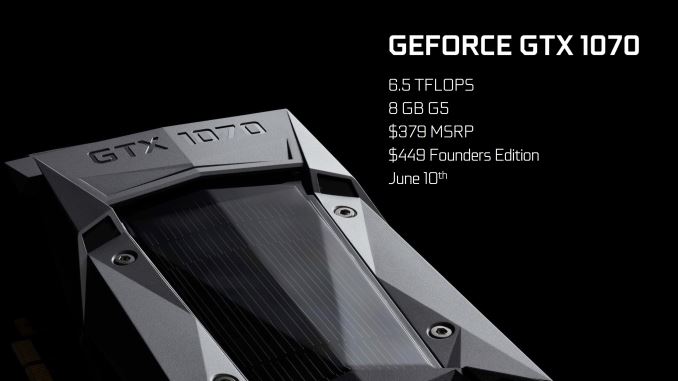

 Quote
Quote


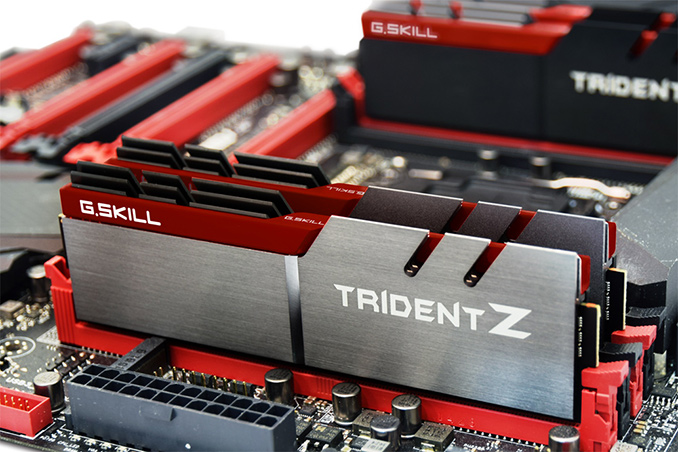


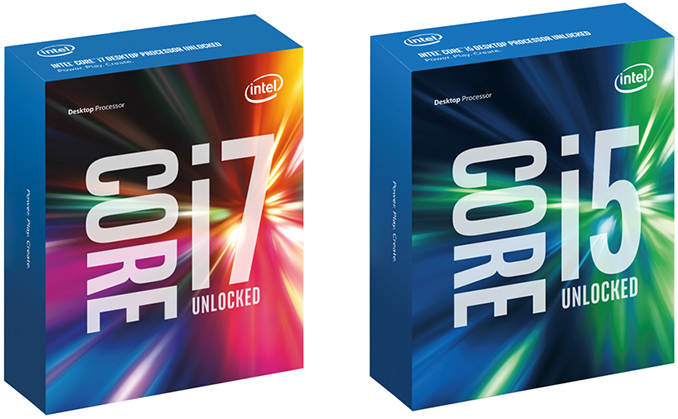
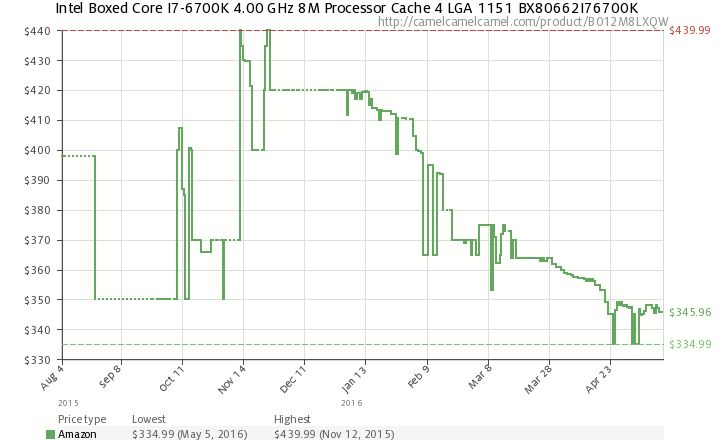
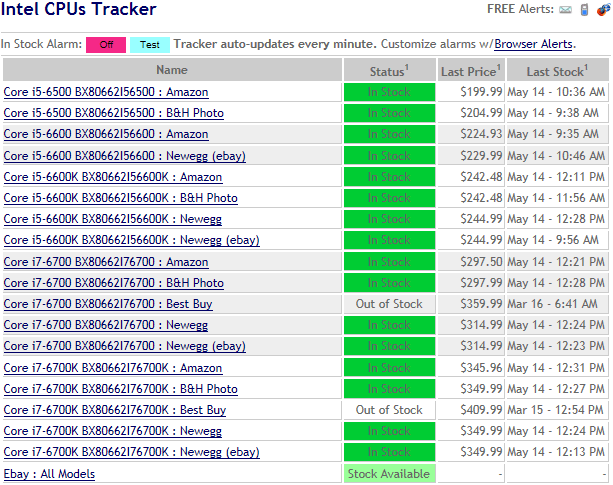
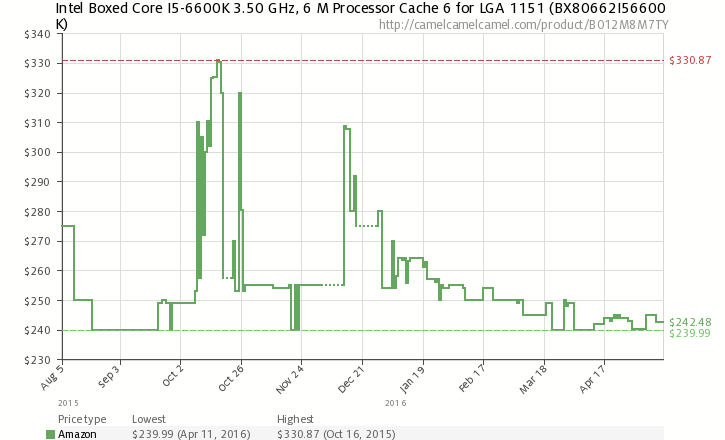
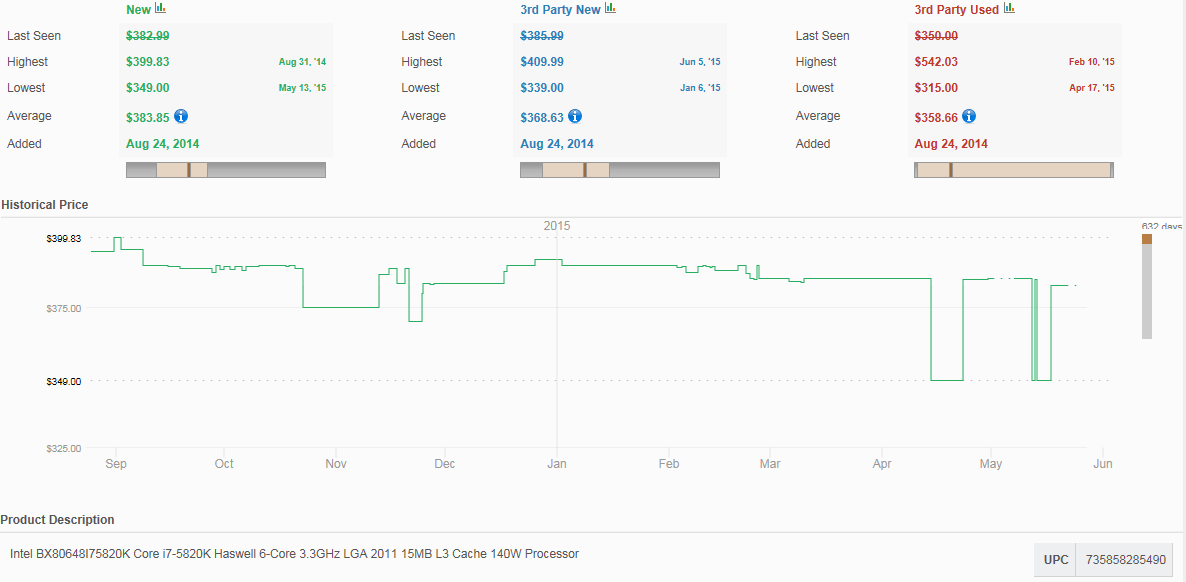
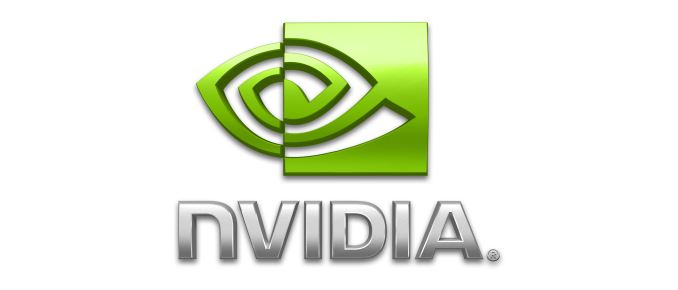
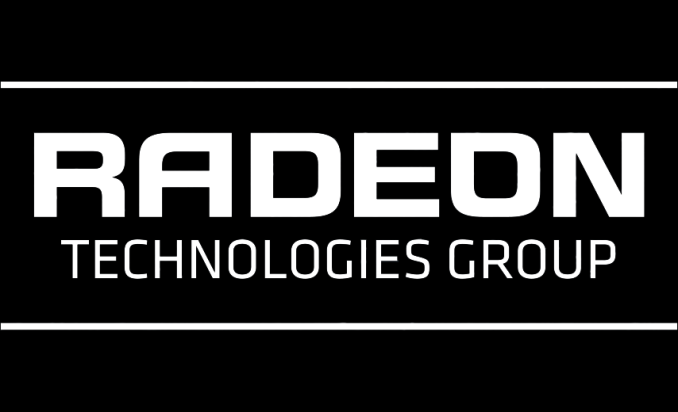
















Bookmarks